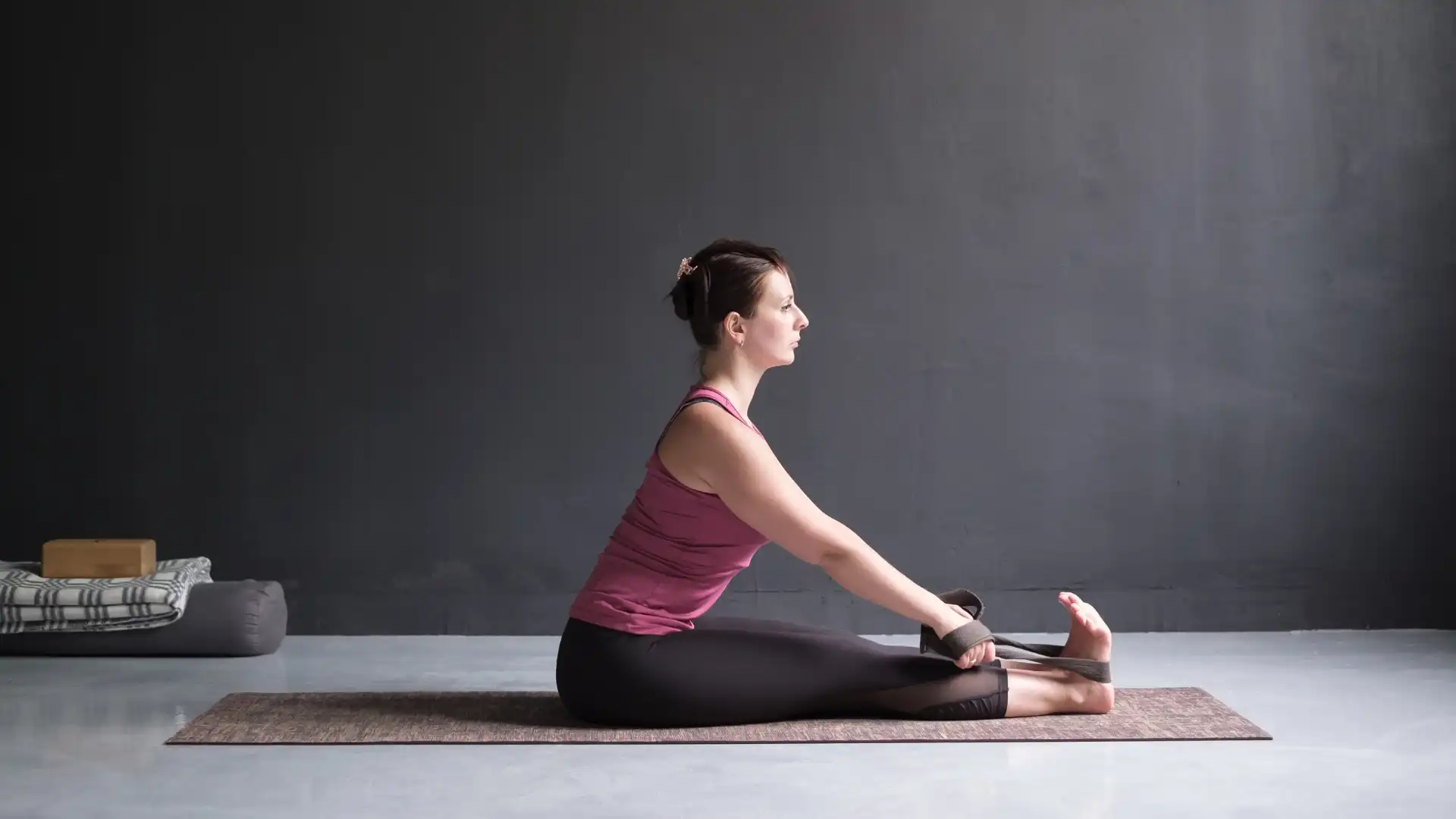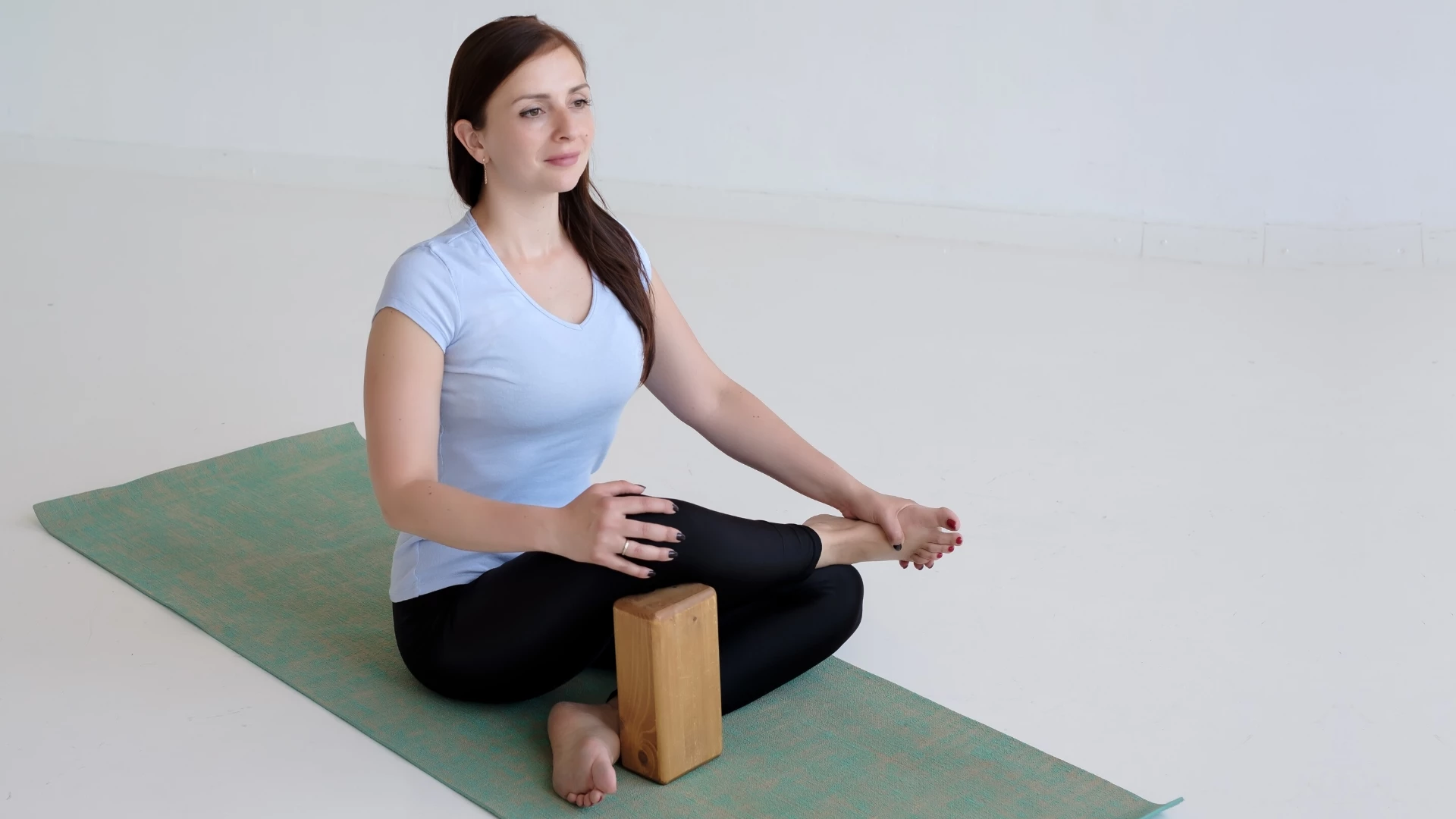Yoga Teaching Methodology: Making Props Palatable

While yoga teachers know that using a prop during asana can enhance practice by bringing the floor closer, alleviating the load on an unstable or unready joint, or creating a healthier position for the spine, getting their students to buy in is not always easy. Some students interpret yoga with props as a sign of weakness or a diminishment of the “real” posture. Some even refer to using props as “cheating,” thinking that a prop-enhanced pose is somehow diminished.
As teachers, our mission is to meet our students where they are, and we endeavor to learn every trick in the book to accommodate their needs. However, this point can be lost on a student in a mixed-level class who looks around the room and sees others doing what appears to their eyes to be a more “advanced” practice.
So the challenge becomes how to make the case that props are an intelligent strategy for the student who conflates the look of a pose with its inherent value and believes only the “classic” pose will do.
First Question: What Message Am I Conveying About the Goals of Yoga Practice?

The way props are offered has a lot to do with managing expectations and empowering each student to feel a sense of mastery.
If you demonstrate a pose perfectly and then show ways to modify it with props that may someday lead to achieving that “full-on version” of the pose, you may inadvertently feed into the idea that propping diminishes the work. For students with weak conditioning but a strong inner competitor, your words may sound like a red flag to a bull–they’ll override any danger signals their body sends them in order to hit the pose.
A student whose body is not suited to a particular pose may see their lack of progress over time as a failure on their part to “get it.” For example, we can let students know that a blanket under their heels in Malasana (wide-legged squat) may eventually help their heels reach the floor. However, the more important message is that getting the heels to the floor is unnecessary to experience all the pose’s benefits. In fact, due to the shape of the femoral head, some students will never get their heels down. And it’s our job to clarify to them that it doesn’t matter.
Understanding that adjusting their practice to suit their bodies–rather than vice versa–will be kinder to your students’ bodies and provide them with a richer yogic experience.
If it’s clear in your head that the only thing important about a group yoga class is not your sequence, their mastery of poses, or that everyone in the class is doing the same thing, but rather their empowering experience and the transformative potential of their practice, your language cues are sure to reflect that message.

Ideas For Breaking Through Resistance to Yoga With Props
-
Build a class around the concept of Ahimsa.
The yogic concept of nonviolence toward living things. Explain that ahimsa begins at home. When people listen to the signals their bodies send with compassion and respect, they may find that their bodies are asking for less of something, such as force, or more of something else, such as curious inquiry or more fluid movement. This concept is essential for all students, not just those needing props. Everyone in the room will benefit from tuning in to their unique needs.
-
Go off script with Your Yoga Props
Rather than demonstrating every pose from the front of the room yourself, try moving around and inviting various students to be your models as you build the poses on their bodies. Include modifications. This is a particularly clever way to modify a pose on someone who might otherwise be unwilling to accept help. Just be honest and sincere. You might say, “Oh, I see how you approached that. Do you mind if we show the group?” Invariably, they are pleased to do it—but, of course, back away if not. Now we’re all looking at the pose, and we’ve entered experimental mode. That opens the possibility to say, “Let’s see what happens now if you try X, Y, or Z. What do you notice?” This gets them to try the prop you’ve offered and gives them more agency in their practice going forward. (Hint: Choose different students each time, so it doesn’t appear you’ve either got favorites or are picking on someone.)
-
Diffuse the competitive vibe by ensuring the students have met each other.
No one likes to be the new kid getting the “side-eye” and wondering whether they will fit in. When a new student comes into class, introduce him/her to the group. Call it a sangha. When you foster a spirit of camaraderie and playfulness in your classes, students can enjoy the group’s energy and relax around their own experiences. And don’t be surprised to see the more experienced students encouraging the newbies.
-
Share your experience
Yoga classes should always be about each student’s experience, not the teacher’s. That said, don’t be afraid to selectively share how you’ve adjusted your practice to accommodate your own physical quirks and imbalances. I also find it effective to share how I use props and modifications when I don’t actually need them. I will tell my classes how I love this modification or that one, just in order to get a better proprioceptive sensation or deeper entrée into my own experience. Now, it’s not a remedial matter but a facilitator of a deeper dive.
-
Get them smiling with Yoga Props
There’s rarely a time when humor won’t bring people together. There are many ways to lighten the mood; make sure it’s not at the expense of anyone in the room. When my class is in a challenging pose, and I sense things are getting serious, my go-to question never fails to elicit a chuckle or two, along with some easing up on the strain: Are you breathing? So underrated is that whole breathing thing — people should really try doing more of it! They won’t stop trying, but they will start breathing again!
When you’ve created a vibe in your classes where it’s okay to laugh, experiment, adjust, or opt out of anything that doesn’t feel good, the students will pick up on it. Once they get going, a prop is another way to enhance the experience. And maybe then they’ll show you some things!
Want more on yoga with props? Read Christine Malossi’s Think Outside the Block: A Guide to Innovative Yoga Props.
Also, read...
Picture Perfect Posture: Tadasana (Mountain Pose)
4 Ways to Fit Yoga into Your Day—No Leggings Required
Online Yoga Tutorial: Power Up Your Warrior II – Virabhadrasana II
Related courses

Lynn Crimando, MA serves as the lead teaching mentor for YogaUOnline’s Wellness Educator Program. She is a yoga teacher, C-IAYT Yoga Therapist, board-certified Health and Wellness Coach, and a Buteyko Practitioner. Lynn is certified by the National Academy of Sports Medicine as both a Certified Personal Trainer and a Corrective Exercise Specialist. She has a private practice in the New York City area and teaches ongoing classes on behalf of Health Advocates for Older People. To learn more about Lynn, visit her website: yogalynn.com.



